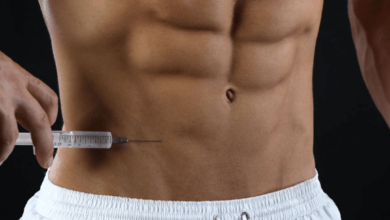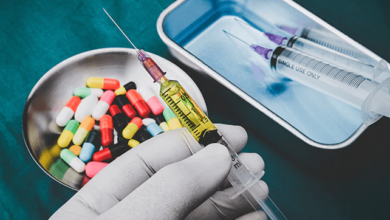Why the Coronoid Process of Ulna is Important for Elbow Stability

Welcome to our latest blog post where we’ll be discussing the importance of the coronoid process of ulna in elbow stability. Many people may not have heard of this small but mighty bone structure, but it plays a crucial role in maintaining proper function and alignment within the elbow joint. Whether you’re an athlete or simply someone who wants to maintain healthy joints, understanding how the coronoid process works can help you keep your elbows strong and pain-free for years to come. So let’s dive into why this often-overlooked bone is so important!
What is the Coronoid Process of Ulna?
The coronoid process of ulna is a small, triangular bony projection located at the top front portion of the ulna bone in the forearm. It serves as an important attachment point for several key muscles that are responsible for the movements of the elbow joint.
The coronoid process acts as a stabilizer during flexion and extension of the arm. This means that it helps to prevent dislocation or movement beyond healthy ranges of motion in the elbow joint.
In addition, this structure also plays a significant role in maintaining proper alignment between the radius and ulna bones within the forearm. Without this stability provided by the coronoid process, individuals may experience chronic pain or instability when performing even simple tasks like lifting objects or typing on a keyboard.
While it may seem like just another small bone in our body, understanding how crucially important it is can help us appreciate just how complex and remarkable our anatomy truly is!
What Are the Benefits of the Coronoid Process of Ulna?
This bony projection serves as a point of attachment for several muscles and ligaments, providing support to the joint and allowing it to perform various movements.
One of the main benefits of the coronoid process is that it helps prevent dislocation or subluxation (partial dislocation) of the elbow joint. The presence of this structure limits the excessive extension of the forearm, which can put a strain on other parts of the elbow and cause instability.
Moreover, when we flex our elbows or grip objects tightly, such as during weightlifting or rock climbing, the coronoid process provides additional leverage for these actions. This allows us to generate more force without compromising our joints’ integrity.
In addition to its mechanical benefits, research has shown that preserving this anatomical landmark during surgical procedures leads to better outcomes in terms of range-of-motion recovery and overall function post-surgery.
Understanding and appreciating the importance of coronoid process not only highlights how remarkable human anatomy is but also underscores how critical it is for us to take care while engaging in activities that may impact our musculoskeletal system.
How Is the Process of Ulna Used in Elbow Surgery?
Elbow instability can be a debilitating condition that affects daily activities. Fortunately, advancements in medical technology have allowed for the successful treatment of this issue through elbow surgery. One crucial aspect of elbow surgery is the use of the coronoid of the ulna.
During an elbow dislocation or fracture, the coronoid process can become damaged or fractured. This damage to the coronoid process can lead to chronic instability and pain in the joint. In some cases, surgeons may need to reconstruct or repair this part of the bone during surgery.
The importance of preserving as much healthy bone as possible during surgical procedures cannot be overstated. The coronoid process plays a key role in maintaining stability within the elbow joint by acting as a point for ligament attachment and preventing excessive movement.
Surgeons utilize various techniques when repairing or reconstructing damaged coronoids depending on severity and injury type. These surgeries aim to restore the full range of motion while also stabilizing any potential instabilities caused by fractures, dislocations, or other injuries.
It’s essential that patients with suspected damage to their coronoid processes seek professional medical attention promptly before further complications arise. Read more…
Conclusion
The coronoid process of ulna plays a crucial role in maintaining elbow stability. It acts as an attachment point for ligaments and muscles that work together to keep the joint intact. The absence or damage of this bony protrusion can cause severe complications such as dislocation, fracture, or instability.
Doctors and surgeons use various techniques like fixation, replacement, or reconstruction to treat these conditions depending on their severity. However, prevention is always better than cure. Adequate protection during high-risk activities like sports reduces the chances of injury significantly.
We can’t stress enough how important it is to take care of our elbows and ensure their proper functioning by understanding the roles played by different structures like the process of ulna. A healthy elbow not only enables us to perform daily tasks but also helps us do things we love without any pain or discomfort!



